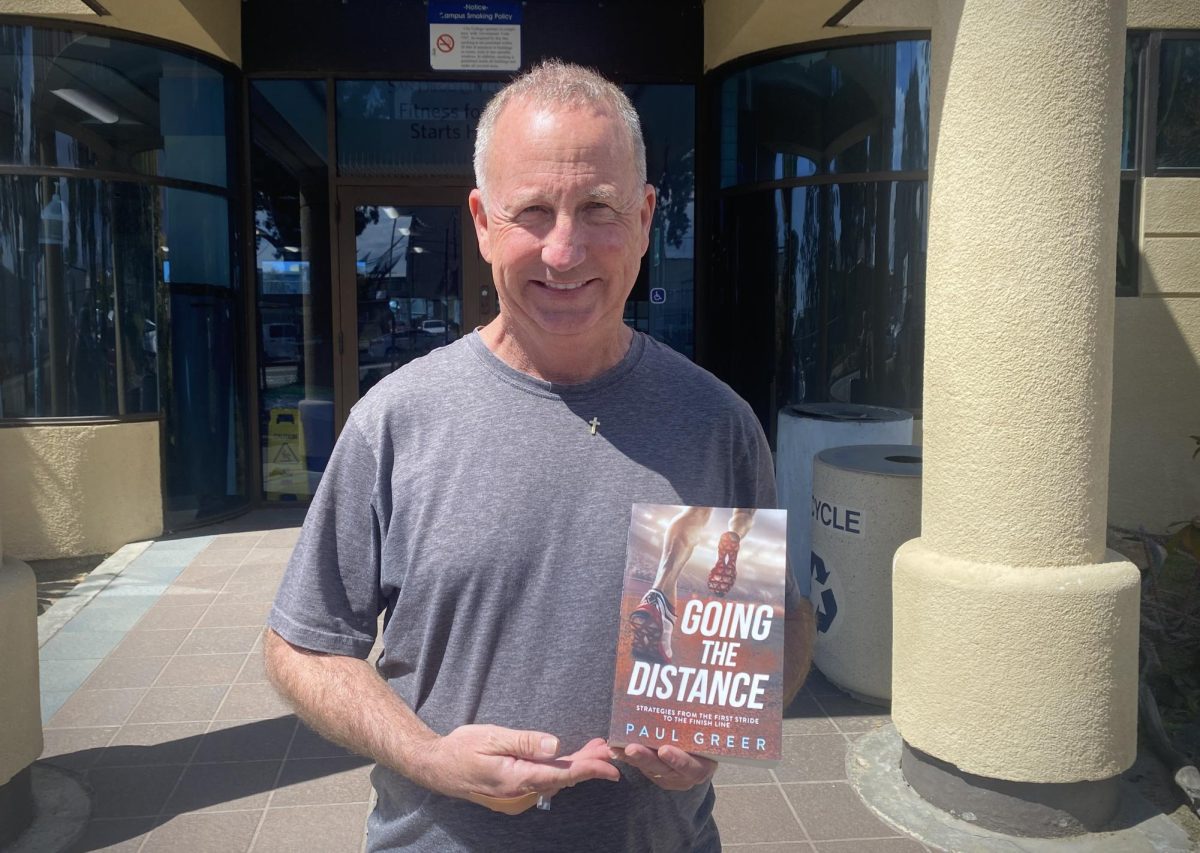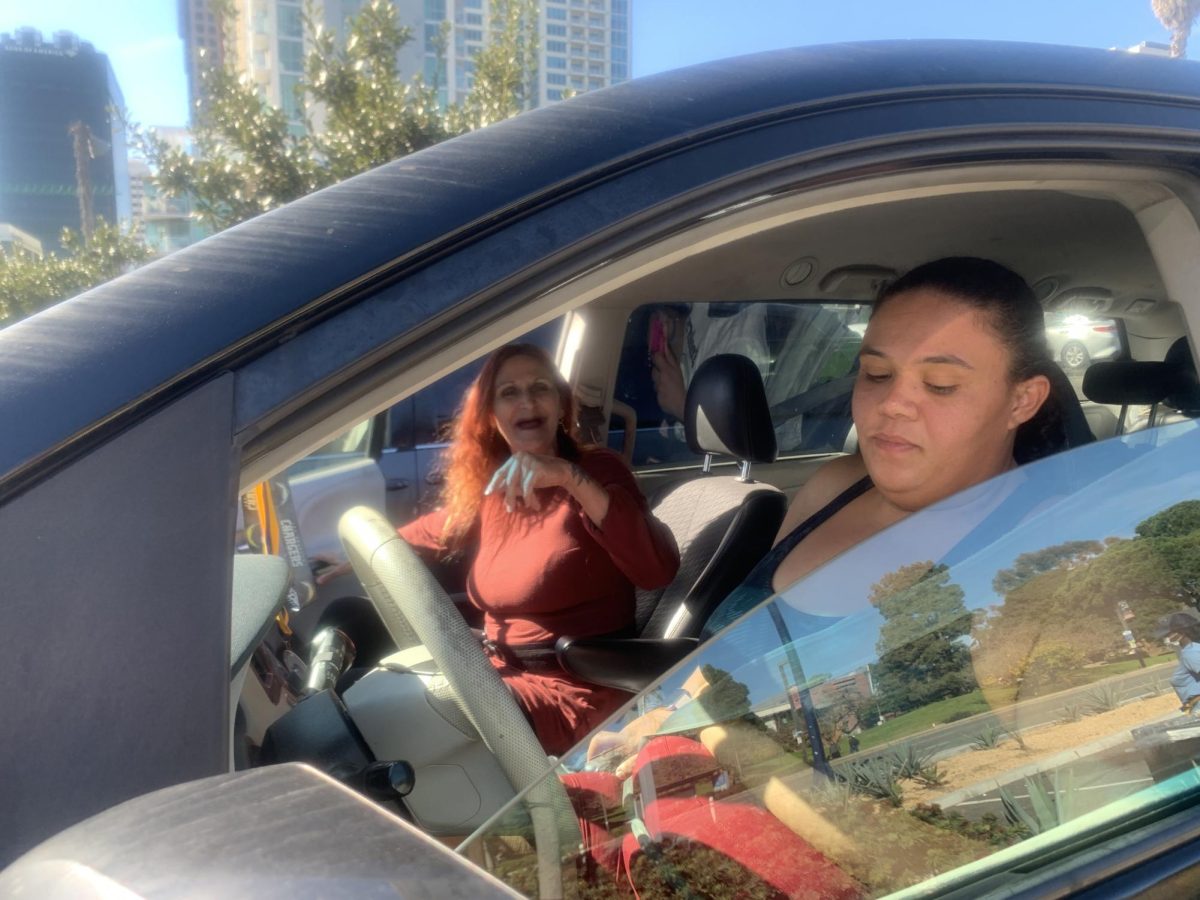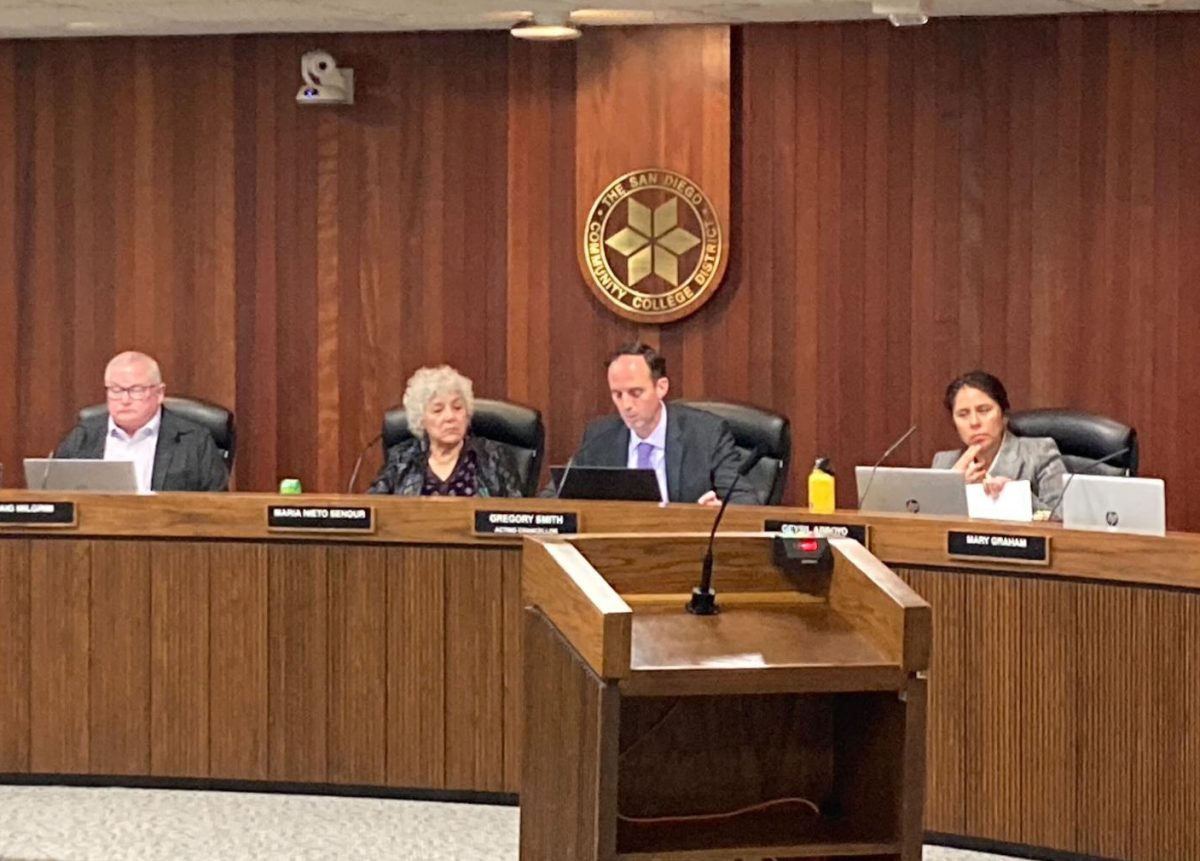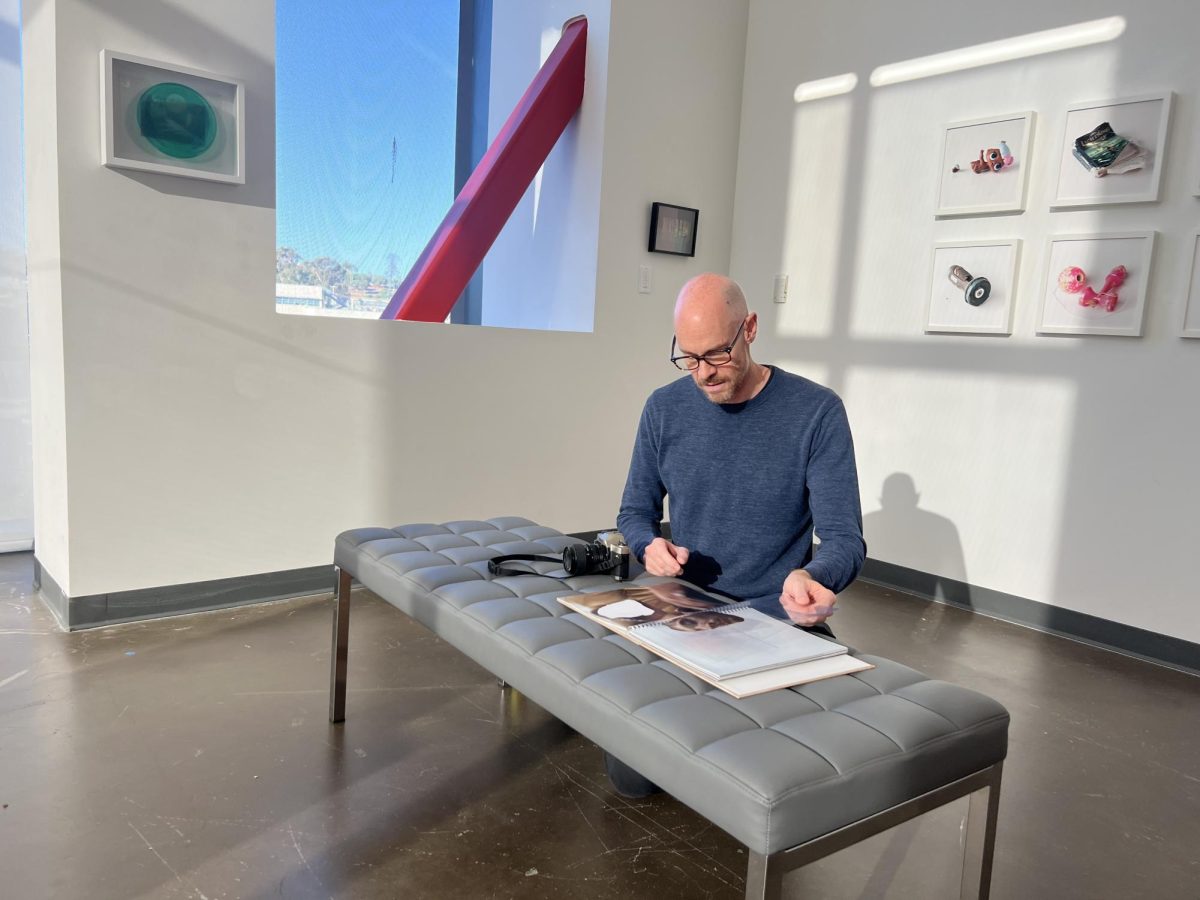The idea of intentionally marking one’s body can be daunting, especially considering the fact that it’s not only permanent, but the process itself can be painful, too. Despite that, the trend of tattooing is, and has been, on the rise for about the past decade and grows exponentially with each year that passes.
According to a 2006 study done by the Journal of the American Academy of Dermatology, 24 percent of Americans between 18 and 50 are tattooed. Three years earlier, in 2003, a Harris Poll estimated that only 16 percent of Americans were tattooed. The rising trend of tattoos in America can be largely attributed to TV shows like “Miami Ink” and “LA Ink”, marketing and fashion trends in today’s society, and celebrities and professional athletes.
Jon Yagle, a tattoo artist at Ink Spot and fine arts student at City, stated, “I see a trend in people wanting words and sayings on them. I think that is what is big now. You still have the people that want tribal, but it’s mostly first timers. I also seem to do a lot of flowers on chicks; flowers are fun to do. I’ve also noticed a lot of people want stuff on the hands and neck, places that used to only be for the extreme tattoo enthusiast, so yeah, tattoos are getting a lot more socially accepted, which is great for someone who makes money tattooing.”
Even if tattoos are cool now, it hasn’t always been that way. In the 1920s and ’30s, tattoos in America were associated with groups such as the military, bikers, convicts and gang members. Such associations also went hand in hand with rebellion and masculinity. In turn, tattooing and tattoos were branded with a male stigma that has seemed to follow the art through the years. The same Harris Poll from 2003, however, found that statistics for tattooed males versus tattooed females in America is nearly identical at 16 percent versus 15 percent.
“I don’t really have much to say about the rise of tattoo popularity among women, other than it’s fairly obvious that a woman’s role, both socially and in the workplace, has changed over the last 70 years, and the whole ‘women and tattoos’ thing is just a natural extension of that for better and for worse,” said Dunn Smith, a tattoo artist at Flying Panther and fine arts student at City. “While I, of course, am a big fan of woman feeling they can express themselves without being judged, I do recognize that, as the popularity of tattooing rises, many women use it as a way to sexually appeal to a specific subculture of men.”
“I will say, however, that I hate it when people act like I should even care that I’m a woman tattooer, or when they harbor the belief that women tattooers are the only sex that are somehow able to use their gender to get away with being subpar,” she continued. “There are more good male tattooers than female because tattooing is a male saturated industry. If anyone, male or female, is determined to be proficient at what they do, and willing to put the work in, they will most likely succeed. The only thing that anyone should ever care about is whether or not I am a good tattooer.”
As with any skilled trade, tattooing takes an immense amount of dedication, so it’s only logical that a true tattoo artist constantly hones their artistic talents.
“I take art classes to try to get as much knowledge as I can about art in general and hopefully walk away with something I can use in my daily life of tattooing,” states Yagle.
Health Department qualifications set aside, tattooing is an art form that needs to take on many different artistic styles, sometimes multiple times per day. From traditional tattoo art to Art Nouveau, producing art for someone to wear for life takes a knowledge that sets a tattoo artist apart from the amateur scratcher.
“I love that tattooing has given me the opportunity and discipline to work with a variety of mediums. Intrinsically, I don’t think there is a huge divide between fine and tattoo art,” states Dunn Smith. “It pretty much boils down to the fact that, traditionally, tattoo artists catered to a blue collar crowd, while fine art was meant for the upper class. Since tattooing has become not only more mainstream, but also more appreciated as a true art form by the masses, the dividing line has all but disappeared. This is often considered a positive change, although, sadly you lose some of the tradition and mystery that have always gone hand in hand with tattooing.”
So whether it’s your first or just your next, always make sure that you feel comfortable with the artist you choose for that tattoo. Ask questions and look at portfolios because what it boils down to is that this isn’t the version of art that your grandmother was referring to all those years ago, but it is for life.







